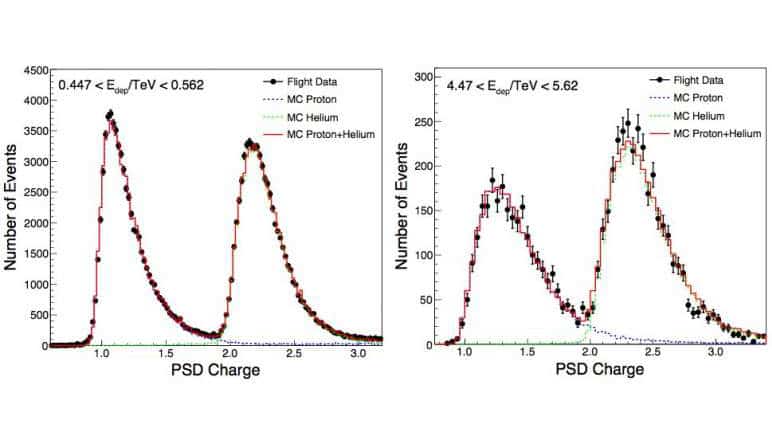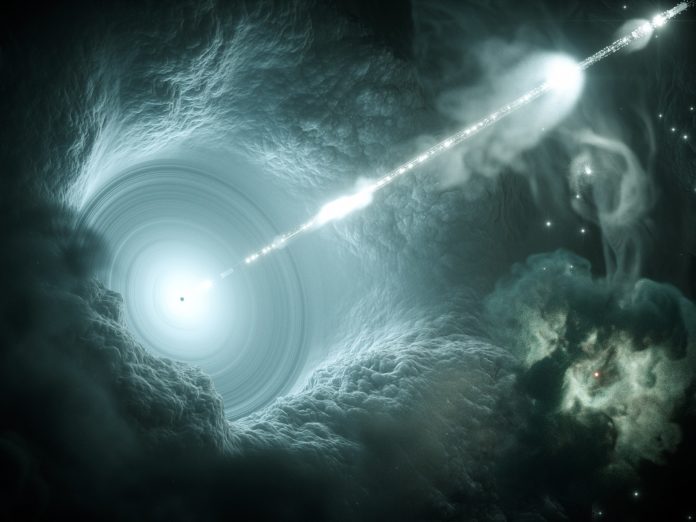Cosmic rays (CRs) are energetic particles coming from outer space. They are primarily nuclei of various elements, with small amounts of electrons/positions, gamma-ray photons, and neutrinos. They are believed to be formed from extreme astrophysical objects, e.g., supernova remnant (SNR), accretion by the black hole, etc.
Hence, cosmic rays are one of the targets of scientists exploring astrophysical laws under extreme environments.
The formation, acceleration, and propagation of cosmic rays are intriguing and fundamental questions in modern physics and astrophysics, which remain unanswered after a century-long observation and research. Precise measurement of the energy spectrum of CRs is the key to understanding those fundamental questions of cosmic ray physics.
The Dark Matter Particle Explorer (DAMPE) collaboration explores the nature of dark matter particles and measures the energy spectra of cosmic ray particles. It has an excellent particle identification capability. Its reasonably large acceptance makes it proficient for the studies of precise spectral structures of cosmic rays.

It has recently measured the energy spectrum of cosmic-ray helium nuclei from 70 GeV to 80 TeV energies on May 18, 2021. It also reveals a softening structure at about 34 TeV energies in the helium spectrum with a high significance (~4.3σ).
The common softening is a sign of a nearby cosmic ray source, e.g., a supernova remnant. The softening energy, which is likely Z-dependent for protons and helium nuclei, corresponds to the upper acceleration limit of such a nearby source.
Furthermore, cosmic rays have the two most abundant components: protons and helium nuclei. These components cover more than 99% of the total cosmic rays.
Thanks to the excellent charge resolution of DAMPE, scientists could identify proton and helium and precisely measure their spectra, respectively.
With the first 30 months of on-orbit data, the DAMPE collaboration obtained the precise measurement of the energy spectrum of cosmic-ray protons from 40 GeV to 100 TeV energies. The DAMPE result shows that the proton spectrum is not compatible with a unique power-law paradigm in a wide energy range.
Journal Reference:
- F. Alemanno et al., Measurement of the Cosmic Ray Helium Energy Spectrum from 70 GeV to 80 TeV with the DAMPE Space Mission, Physical Review Letters (2021). DOI: 10.1103/PhysRevLett.126.201102
